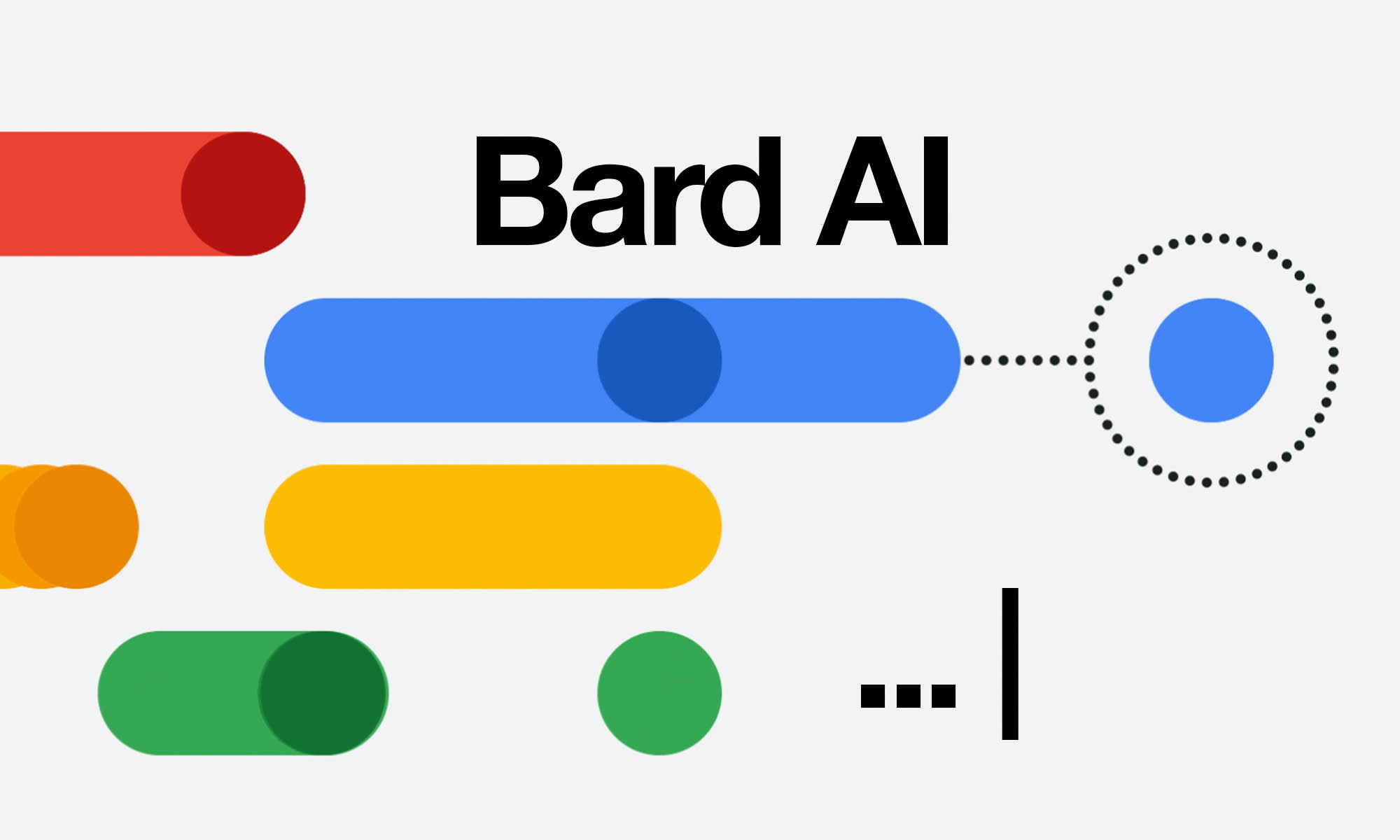Achieving Reliable Quantum Computing: Overcoming the Challenges of Logical Qubits
In recent breakthroughs in quantum computing, our team has made significant strides toward achieving more reliable operations by enhancing logical qubit functionality. This achievement is pivotal as it addresses one of the most pressing challenges in the field: reducing computational errors through increased qubit count.
Understanding Qubits and Quantum Computing
At the heart of quantum computing lies the concept of a qubit, which represents the fundamental unit of quantum information. Unlike classical bits, which operate solely on binary states (0 or 1), qubits exist in a superposition of states, allowing them to represent both 0 and 1 simultaneously. This unique property propels quantum systems into realms of computational power that far exceed traditional computing capabilities.
The Quantum Error Correction Revolution
While the potential for quantum computing is immense, practical applications are hindered by the delicate nature of qubits—vulnerable to external disturbances like temperature fluctuations or electromagnetic interference. Errors in these qubits can render computations unreliable, necessitating robust error correction mechanisms.
Our recent experiments demonstrate that by increasing the number of physical qubits used to construct a single logical qubit, we achieve a marked reduction in overall system errors. For instance, a logical qubit synthesized from 49 individual physical qubits exhibited superior performance compared to one constructed from just 17 qubits—a testament to our advancements in quantum error correction techniques.
The Evolution of Qubit Organization
Traditional approaches to managing qubits often treated each physical qubit independently, which proved highly inefficient. However, this new methodology treats groups of qubits collectively as single logical units. This holistic approach optimizes error correction by enabling simultaneous monitoring and adjustment of multiple qubits, thereby enhancing computational reliability.
Implications for Quantum Computing
This breakthrough marks a significant milestone in quantum computing technology. By improving the efficiency and reliability of logical qubits, we are paving the way for more complex computations to be executed with precision. This not only accelerates research and development but also paves the way for real-world applications across various domains.
Future Directions in Quantum Computing
Looking ahead, continued advancements in quantum error correction will further solidify our position as pioneers in this transformative field. Collaborative efforts with industry leaders and researchers will drive innovation and ensure that quantum computing reaches its full potential.
Unveiling the Power of Generative AI through Google Cloud and MakerSuite
Google is at the forefront of integrating generative AI technologies into user-centric platforms, making it easier than ever to harness the power of these advanced models for creativity, productivity, and collaboration.
Introducing Google Cloud’s New Prototyping Environment: MakerSuite
In a bid to democratize access to cutting-edge AI capabilities, Google has launched MakerSuite, an innovative prototyping environment. This tool simplifies the process of experimenting with generative AI models, enabling developers and businesses to integrate these technologies seamlessly into their workflows.
Enhancing Google Workspace with Generative AI Features
Beyond cloud computing, Google is also expanding its impact by introducing generative AI features within Google Workspace—a cornerstone of productivity for millions of users. These new tools empower employees to create content, collaborate across teams, and innovate at an unprecedented level.
Unlocking Creativity: Meet Bard—the Next Generation Collaborator
Bard emerges as a transformative tool in the realm of collaborative innovation. Designed to work with large language models (LLMs), Bard facilitates seamless interaction between humans and AI, enhancing creativity and productivity.
A Vision for Human Potential
As an experiment designed by Google’s AI team, Bard is poised to revolutionize how people engage with ideas. By functioning as an interface to LLMs, it enables users to collaborate more effectively, leveraging the immense potential of generative AI in diverse contexts.
Engaging Stakeholders for Refinement
To ensure that Bard meets user needs and addresses potential challenges, Google is actively engaging a broad spectrum of stakeholders—everything from industry experts and educators to content creators. This collaborative approach ensures that the tool evolves to meet the varied demands of its users.
Future Vision: Enhancing Collaboration and Creativity
Bard’s launch marks the beginning of a new chapter in AI-driven collaboration. By refining this interface, Google aims to not only boost productivity but also foster creativity across industries, ultimately empowering individuals and organizations alike.
As we navigate the evolving landscape of artificial intelligence, challenges and opportunities coexist. Innovations like those discussed here present new frontiers, while existing limitations must be addressed to unlock their full potential.
Addressing Limitations for Optimal Performance
The development of robust error correction mechanisms is essential to overcoming current technological hurdles. By ensuring reliable operation across diverse applications, we can maximize the benefits of these advancements and bring them to bear in real-world scenarios.
Embracing the Future: A Collaborative Approach to AI
In partnership with industry leaders and researchers, Google continues to explore new horizons in artificial intelligence. Our collective efforts will drive innovation forward, ensuring that AI technologies reach their full potential for the benefit of all users.
Our journey into quantum error correction, generative AI, and collaborative tools like Bard reflects a commitment to pushing boundaries in technology and its applications. By addressing challenges head-on and embracing opportunities for growth, we lay the foundation for a future where computing capabilities are beyond our imagination.
